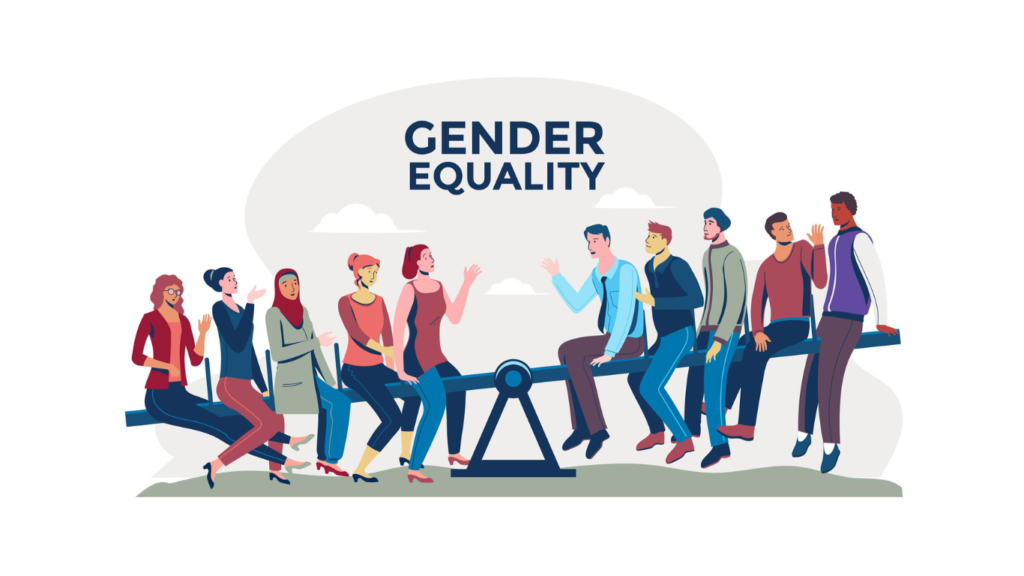In developing countries, the wealth gap presents not just a fiscal challenge, but a profound question of equity and justice. This gap is a stark representation of an uneven playing field where the fortunes of the few contrast sharply against the struggles of the many. Developing nations grappling with this disparity thus require transformative strategies to create economies that are both robust and inclusive. For these nations, the path toward equitable growth involves an array of macro-level strategies that both facilitate economic expansion and enable all sectors of the population to share in the benefits of this economic growth.
Such strategies, properly implemented, can do much more than simply enhance GDP figures. They lay the foundation for more sustainable development in nations that urgently need it, particularly by empowering historically marginalized populations. Synergistic partnerships between the public and private sectors are critical for affecting positive change in this area. Together, these forces can deploy the capital, technology, and ingenuity required to make strides toward leveling the economic playing field.
The purpose of this article, therefore, is to shed light on these macro-level solutions, detailing how they can be effectively implemented to achieve economic success that is both diverse and inclusive. It is about distilling complex strategies into actionable insights and empowering policymakers and business leaders alike to ignite change.

Invest in Infrastructure
Poor-quality infrastructure is one of the most common underlying causes of poverty in developing countries. It hinders efficient business operations and also hinders the population from accessing essential services such as healthcare, education, and employment. This, in turn, perpetuates generational cycles of poverty, particularly for people located in far-flung rural areas. Smart investments in infrastructure such as roads, bridges, ports, electrical grids, water networks, and digital networks can, in contrast, improve connectivity and catalyze economic development nationwide.
Consider, for example, how infrastructure development in the Philippines can help narrow the wealth gap. In this archipelagic nation that has historically struggled with connectivity challenges, investments in better road networks increase market accessibility for farmers and small business owners. Enhanced digital infrastructure can connect remote areas to domestic and global marketplaces and open up new opportunities for entrepreneurship and education. Such initiatives help to guarantee that all Filipinos can benefit from the country’s economic growth, even and especially those located in far-flung areas.
Implement Land Reform
Historically, skewed land distribution has only contributed to socio-economic divides in developing countries, with large tracts of arable land often in the hands of a wealthy minority. By reforming land ownership structures, nations can catalyze a more democratic distribution of their most foundational asset.
Secure land tenure empowers farmers to invest in their land and improve their agricultural practices, which then leads to increased productivity and income. Land reform also diversifies the national economy by opening up opportunities to develop the countryside. For businesses, the agricultural sector opens up post-reform, offering a range of investment and partnership opportunities that can be both profitable and socially responsible.
In practice, land reform should be paired with ancillary support. This includes legal assistance for new landowners, access to credit, and agricultural extension services. These support systems help new landowners utilize their redistributed land effectively to generate wealth for the broader population. In light of current ecological crises, it’s also imperative to educate farmers on sustainable agricultural practices that both improve yield and protect the environment.

Improve Access to Education and Training Opportunities
Education equips individuals with the skills and knowledge necessary to participate in and contribute to the economy. However, beyond the basic provision of education lies the need for alignment with the labor market’s demands. It’s thus crucial for governments to invest in improving technical and vocational training programs in addition to traditional academic curricula.
For instance, initiatives for digital literacy and information and communication technology (ICT) training can prepare a workforce that is agile and adaptable enough to thrive in the burgeoning digital economy. Moreover, partnerships between educational institutions and businesses can align training programs directly with current market needs. Such synergy benefits the economy by reducing unemployment and also grants businesses access to a talent pool that can drive innovation and growth.

Provide Microfinance and Small Business Support
Microfinance has emerged as a potent tool in the fight against poverty and economic inequality. By providing small loans and financial services to individuals and small businesses that do not have access to traditional banking, microfinance institutions enable entrepreneurship at the grassroots level. This can encourage people to start new ventures or expand currently existing ones—which, in turn, helps generate local jobs. Seen from this perspective, it’s easy to visualize how support for small businesses stimulates economic activity and facilitates more equitable wealth distribution within communities.
Concerned public and private organizations should couple investments in microfinance with business support services such as training in financial literacy, business planning, and management. Such comprehensive support can increase the success rate of small businesses and ensure that the benefits of microfinance extend beyond individual entrepreneurs to the wider economy. Furthermore, these organizations must tailor microfinance initiatives to the unique needs of different demographics, including women and rural populations, to keep access to economic opportunities inclusive.

Promote Gender Equality
In addition to being a moral imperative, upholding gender equality is also a strategic move for nations striving to bridge the wealth gap. Gender inequality essentially cuts off half of a country’s population from accessing skills, knowledge, and employment opportunities. In contrast, granting women access to education and work opportunities empowers them to drive economic growth and positive social change. Women with access to leadership positions in both private companies and government agencies, for example, can help develop more inclusive and sustainable economic policies.
Governments and private organizations committed to the cause of gender equality must strive to implement policies that support and empower women, such as equal pay and protection from discrimination. They can also support women entrepreneurs through targeted credit facilities, business training, and market access. Such efforts serve to catalyze female-led business ventures and diversify economic activity.
Strategies aimed at closing the wealth gap hold the promise of transforming developing economies into landscapes of opportunity and growth. By forging inclusive policies and encouraging strategic partnerships, governments and their private sector partners can create an upward trajectory for those at the margins and guarantee these people’s access to the many benefits of economic growth.
Blog received on email.






